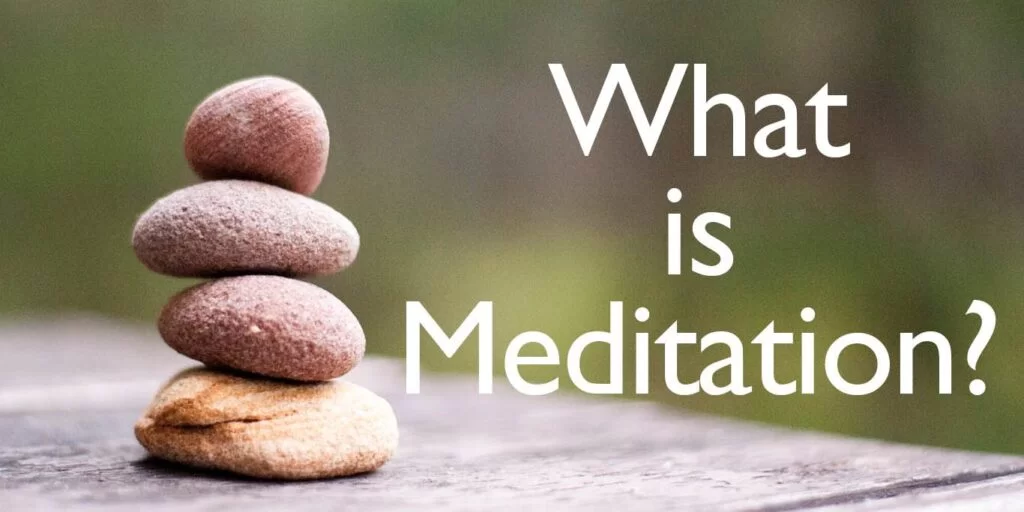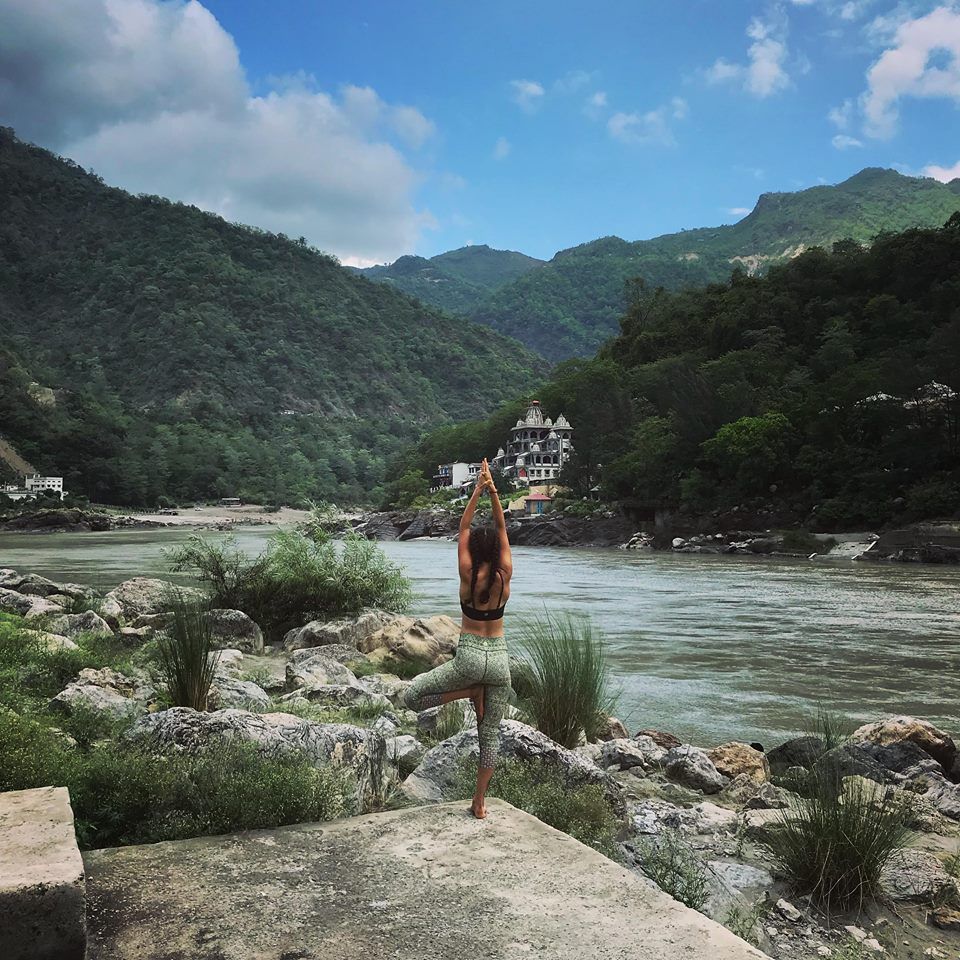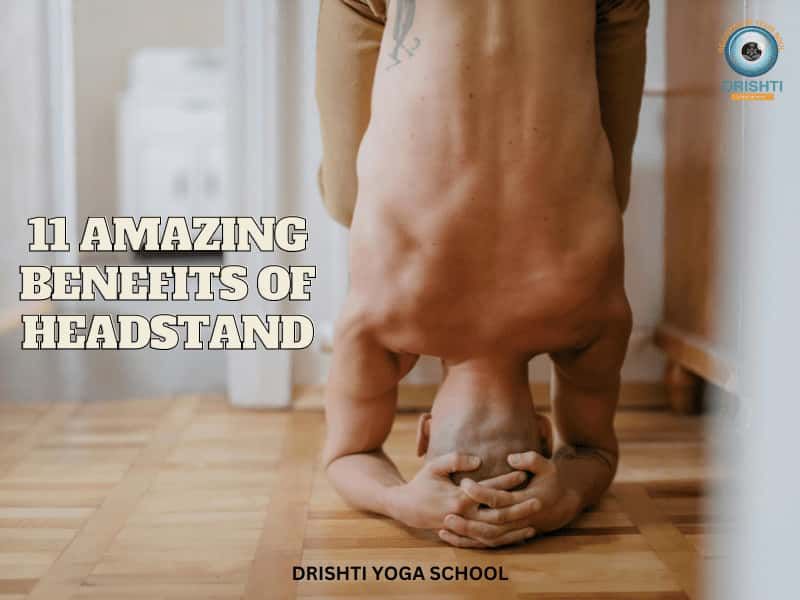There are many reasons to start a yoga practice. Perhaps you want to gain more flexibility and strength. Maybe you had a recent injury and a yoga practice will help with your continued recovery.
Or maybe you’re looking for something that will ease and calm your mind. Yoga can do all of these things. If you’re most interested in the latter, then a yoga meditative practice can lead you toward a more relaxed state of mind.
7 Yoga Meditation Techniques for Beginners
Meditation, for some, can sound quite intimidating. Even the thought of sitting for a long period of time can raise anxiety in someone who has never practiced this technique.
But there are simple and approachable methods that a novice to meditation can try that are very effective.
What Is Meditation?

Meditation is considered a practice in which you may use a technique to help focus your mind. You may focus on an object, a thought, or an action in order to bring awareness, mental clarity, and even achieve a calm mental state and emotional stability. Meditation is an ancient practice, but people still use meditative exercises today to achieve the same goals. Here are a few simple ways to begin a meditation practice.
Breathing
Learning how to breathe properly is the first step toward having a successful meditation techniques. Breathing is the foundation of most yoga practices, including meditation. It serves many functions: gives you something to focus on while sitting in stillness, provides fresh oxygen and blood to your brain and heart, and helps to ease and calm an anxious mind, too.
In yoga, the practice of breathing is called Pranayama. Prana refers to the “life force” which is represented through breath. The last part of the word, “Yama,” can mean the action that is given to the breath. For example, in some breathing exercises, you may breathe slowly, quickly, or even hold your breath for a few seconds.

There are many Pranayama exercises, but the main goal is to be fully aware of your breath. When you do so, your attention remains focused entirely on the present moment, which in turn, is the intention of your meditation practice.
Ujjayi Pranayama
The following is a description of a particular Pranayama breathing practice that you can learn in order to help you focus and start your meditation journey. It is called Ujjayi (oo-JAH-yee) breathing. It translates to mean “vibrant” or “victorious” breath. Not only does it provide a guide toward focus and awareness, but it also conditions your heart and lungs in a healthy way. Here’s how to practice this style of breathing.
In most meditative practices, you want to find a comfortable seat. This may be on a cushion or blanket on the floor or even sitting upright in a chair. Close your eyes and focus on your breath; come to the simple awareness that you are breathing. Next, open your mouth and take a deep breath in as if you were gasping for breath in slow motion. When you inhale, you may feel a coolness hit the back of your throat.
Exhale through your mouth, too. Here, you may experience a warmth leave your mouth. As you do this a few more times, notice that you are engaging your throat muscles to produce the air coming in and moving out.
Once you have a good connection to this, close your mouth. Continue breathing as if your mouth was open. The air will move through your nose, but you are still producing the power of the breath using your throat muscles. This is Ujjayi Breathing. With practice, you’ll find that you can take full deep breaths. As a result, you will feel calmer by regulating your heart rate and pulse.
With a deep breathing practice, these functions lower, thereby conditioning your parasympathetic nervous system – minimizing the stress response in your body and mind. These cleansing breaths also are ideal in a meditative practice.
The following are a few other meditation techniques that any person can practice, even if you’re a beginner. Most of these exercises rely on the breath, so you can use the Ujjayi Pranayama as a “go-to” for your breathing.
Type of Meditation Yoga Techniques
1. Body Scan Meditation

This is a wonderful practice that helps you to relieve stress or other uncomfortable sensations in your body. Just like with other meditative practices, find a comfortable seat. Close your eyes and focus on your breath.
As you begin to feel your body settle down, notice what parts of your body may be experiencing some tension or tightness. Direct your attention to one of these locations. The idea is to send thoughts and intentions of release and relaxation to these tense areas of your body. Use your deep breathing technique as a way to help send these intentions to various parts of your body.
2. Mantra Meditation

This meditation techniques has some similarities to the previous meditative method. A mantra is a word or phrase that can be repeated during your meditative practice. It is a way to stay fully focused on your meditative state.
Your mantra can be a specific intention to help reduce pain, bring mental clarity, or any other positive intention to offer fulfillment in your life. You can choose sacred mantras in the language of yoga, Sanskrit, or create your own mantras for your meditation experience.
3. Candle Gazing
The meditations mentioned so far have you focusing on the breath, a body part, or a mantra. Clearly, the idea of most meditation techniques is to focus your attention on something. This will help eliminate those distracting thoughts.
Here is another technique that can do the same thing. It is called Candle Gazing. With this exercise, you need to have a lit candle in a dark or low-lit room. Sit comfortably in front of the candle. You will spend anywhere from 15 seconds to 60 seconds staring at a candle flame without blinking.
You will intermittently close your eyes for a few seconds between each round. Not only does this meditative practice help with those distracting thoughts, but it can help boost energy, improve your memory, and increase your concentration.
4. Music Meditation
There are some other conventional meditation styles that can help you focus and relax. Listening to soothing instrumental music can be a wonderful source for relieving stress and anxiety. Practice this just as you would with other methods; sit comfortably without outside distractions. Using headphones or in a room with speakers, listen to your selected music.
The idea is to focus on nothing else but the musical vibrations and sounds. You can choose your favorite music to listen to or find specially orchestrated music that is designed for meditation.
5. Walking Meditation

Another approachable type of meditation is walking meditation. This can be a great practice to help clear your mind. Walking meditation isn’t necessarily about walking to a destination, but a resource to calm and ease your body and mind.
This can be done outdoors in your neighborhood, at a local park, or in the comfort in your own home. If you decide to do this in your home, practice this by taking extremely slow and minimal steps. Again, the goal isn’t to get anywhere. Instead, with a slow steady pace, you focus more on the intentional walking pattern; it has a very calming effect.
6. Vipassana Meditation
Although this may be considered a slightly more advanced meditation techniques, a beginner can also gain the benefits of this technique. As with other meditative practices, you focus on passing thoughts in Vipassana Meditation which can also be called Mindfulness Meditation.
It is a practice that allows you to focus on what is happening in the present moment. In this case, while sitting in stillness, you become mindful of the thoughts that enter your mind.
The idea is to simply notice them rather than ruminate on them. Imagine you’re watching the clouds in the sky pass along the skyline. You can do the same thing with your thoughts. It is a good practice to hope to clear your mind of anxiety-provoking thoughts and beliefs.
7. Loving-Kindness Meditation
This is another lovely meditation yoga that not only benefits you, but it can also help others. Initially, the practice is about caring for yourself. Just like the Body Scan or Mantra Meditation, you can bring good intentions into your own life. This may be to reduce stress, gain strength, improve patience, and more.
In a Loving-Kindness Meditation, you are directing those energies toward yourself. Further, you can use this type of meditation to help others. Another name for this style of practice is Metta Meditation Techniques which is a form of selfless giving, connection with others, and acceptance of all beings.
Try one or more of these practices during the week. Find the ones that resonate with you the most and create a consistent daily practice of these meditation techniques. Watch for the amazing benefits that will certainly emerge.
Interested in yoga teacher training in Rishikesh? Join our upcoming yoga course and get a special discount!

